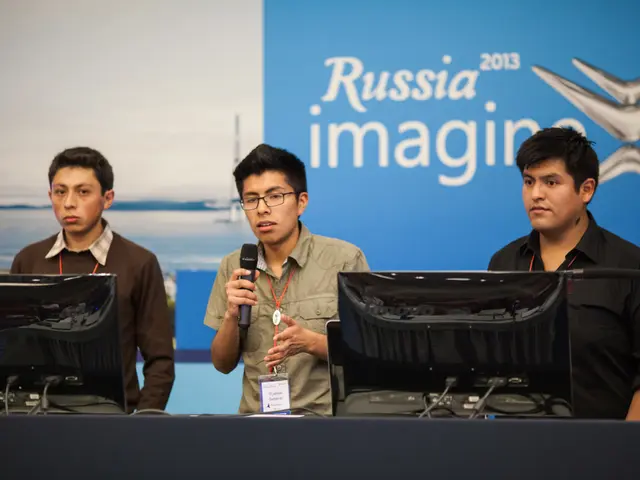Examining International Patent Structures: A Thorough Guide
Shaping the Future of Global Patent Systems
The world is witnessing a significant shift in the focus of patent systems, with sustainability and environmental protection emerging as key drivers. This evolution is set to encourage inventions that address global challenges like climate change, while incentivizing sustainable practices.
This transformation is not without challenges. Emerging technologies, such as artificial intelligence, biotechnology, and blockchain, frequently test the boundaries of traditional patent frameworks. These advancements raise complex questions regarding inventorship, ownership rights, and the patentability of new inventions.
In response to these challenges, regional patent systems like the European Patent Convention (EPC) and the African Regional Intellectual Property Organization (ARIPO) are streamlining the patenting process for member countries. These systems harmonize national laws, provide patent protection across multiple jurisdictions, and facilitate economic growth within regions.
For instance, the EPC allows inventors to obtain a single patent that is valid in multiple European countries, promoting innovation by facilitating access to diverse markets while simplifying the administrative process involved in securing patent rights. Similarly, ARIPO offers a unified patent application process for member states, enabling inventors to access a broader market and foster economic growth within the African region.
However, global patent systems face other challenges. Disparities in patent laws and practices across different jurisdictions, rising costs associated with patent applications and maintenance, global disparities in enforcement leading to patent infringement concerns, and the complications introduced by digital technologies and biotechnology are all factors that necessitate adaptive legal frameworks.
Aligning patent laws across countries can simplify the application process for inventors and businesses, fostering innovation and economic growth worldwide. It is crucial for adapting to rapidly changing market dynamics and maintaining a conducive environment for innovation.
The globalization of markets and the rise of e-commerce have further accelerated the need for uniform patent standards, ensuring a more conducive environment for innovation in an interconnected marketplace. The dynamics of global patent systems are influenced by technological advancements and the globalization of markets, necessitating adaptive legal frameworks to protect innovations effectively.
Looking ahead, the future directions for global patent systems indicate a shift towards harmonization and accessibility. Innovative technologies, such as artificial intelligence and blockchain, are expected to enhance the efficiency of patent applications and management, reducing barriers for inventors entering the market.
This evolution of patent systems is a testament to the progress made since the Paris Convention for the Protection of Industrial Property in 1883, which laid the foundation for international IP cooperation. Key milestones, such as the Madrid Agreement for the International Registration of Marks, the formation of BIRPI, and the U.S. Supreme Court rulings in cases like Hotchkiss v. Greenwood and Diamond v. Chakrabarty, have shaped the modern global patent system.
The TRIPS Agreement, negotiated during the Uruguay Round and effective from 1995, integrated IP protection into the global trade system under the WTO. It set minimum 20-year patent protection standards worldwide and enforced IP rights through international law, representing a "grand bargain" between developed and developing countries. TRIPS is pivotal in the modern global patent system.
As we move forward, it is essential to continue adapting patent laws to meet the challenges posed by technological advancements and the globalization of markets. By doing so, we can ensure that patent systems remain effective in protecting innovations and fostering economic growth.
[1] World Intellectual Property Organization (WIPO)
[2] The Economist: The history of patents
[3] Cornell Law School: Hotchkiss v. Greenwood
[4] World Trade Organization (WTO): TRIPS Agreement
[5] ThoughtCo: The Wright Brothers and the Patent Office
- The emergence of new technologies, such as artificial intelligence and biotechnology, often challenge traditional patent frameworks by raising questions about inventorship, ownership rights, and the patentability of innovative creations, particularly in the context of intellectual property protection.
- In light of the globalization of markets and the rise of e-commerce, there is a growing need for harmonized patent systems to efficiently manage intellectual property rights, including technology-related inventions, while fostering economic growth within regions like Europe and Africa.




